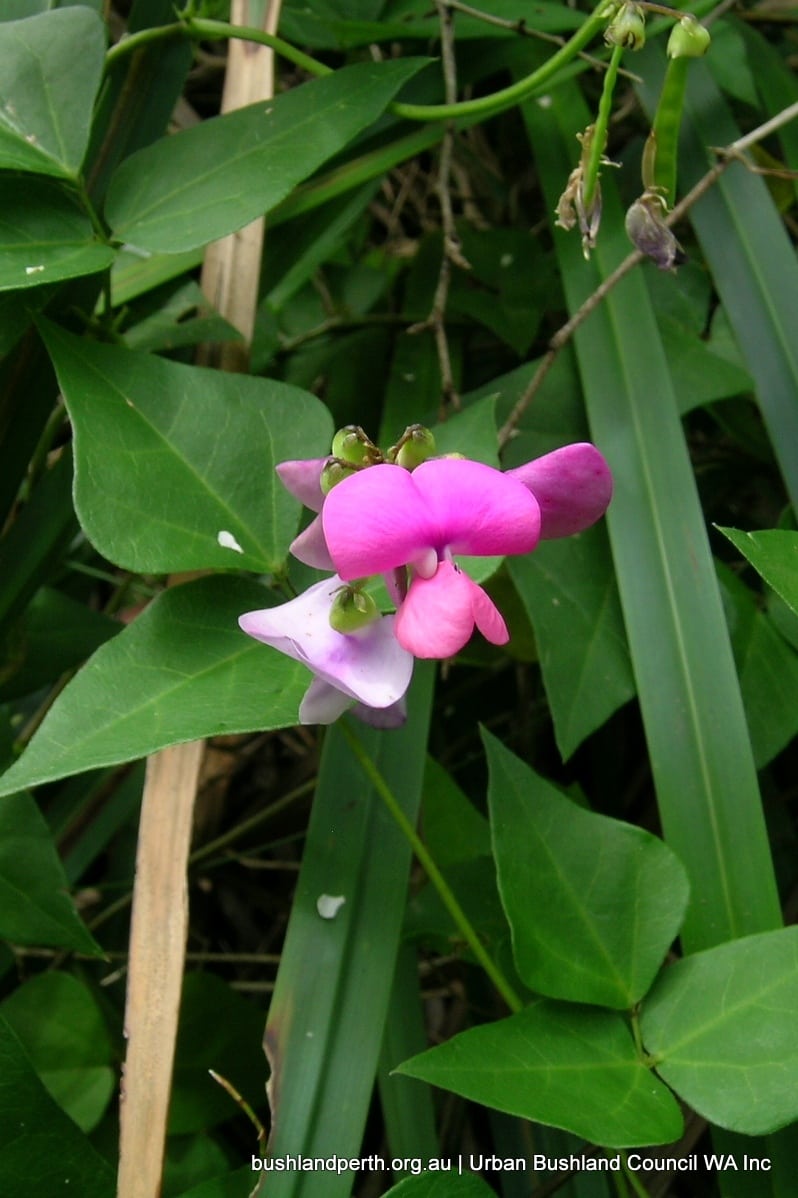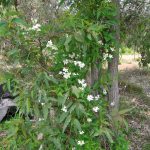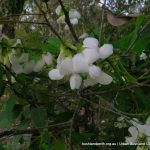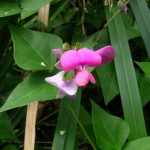Dolichos Pea

Common name
Dolichos Pea
Scientific Name
Dipogon lignosus
Type of plant
Legumes And Peas (Family Fabaceae)
About this weed
This rampant, twining vine is another garden escapee from South Africa and probably introduced because it produces masses of white, pink or purple pea shaped flowers in the spring. Because of its rampant nature it can smother all ground natives and shrubs thus preventing any regeneration of local flora.
Description
Dolichus Pea is one of the most invasive weeds we have. It is a twining shrub or climber and produces masses of pink, purple or white flowers from September to January. It has many ways to reproduce including by seed, birds, water, soil and garden refuse. The vegetative regeneration strategy is by coppices and resprouting. The seedbank persists for up to 5 years. Fire can kill mature plants and stimulate seed germination.
Impact on Bushland
If left will spread over bushland and impact on ecological processes and plant communities. Infestations smother all ground-flora, topple shrubs and trees and prevent any regeneration occurring. Soil disturbance generates mass seed germination.
Location
Found in isolated areas in the northern Kimberley and South-West Provinces usually in coastal areas, creek banks, roadsides, gardens and bare areas. It likes wetter areas with gravelly soil, sand or loam.
Priority for removal
High: is a major threat to conservation values anywhere it has taken hold.
Management (hand)
Hand pull seedlings and small plants ensuring removal of all root material; sever vines of larger plants and leave to dry in canopy, then dig out woody roots. Soil disturbance generates mass seed germination.
Management (herbicide)
Scrape and paint using 100% Glyphosate or foliar spray in highly degraded sites with 1.5% Glyphosate; in more sensitive sites, cut stems off at chest height, lay lower sections on ground and apply 1.5% Glyphosate over them. Read the manufacturers’ labels and material safety data sheets before using herbicides. Optimum treat is during September and October but herbicide can be applied occasionally any any month. Soil disturbance generates mass seed germination.
Flowering month/s
January, September, October, November, December
Flower colour/s
Pink, Purple, White
Information source
https://florabase.dpaw.wa.gov.au/browse/profile/3867
Additional information
https://florabase.dpaw.wa.gov.au/weeds/swanweeds/
Hussey, B.M.J., Keighery, G.J., Dodd, J., Lloyd, S.G. and Cousens, R.D. (2007) Western weeds. A guide to the weeds of Western Australia, Second Edition, The Weeds Society of Western Australia, Victoria Park, Western Australia.



